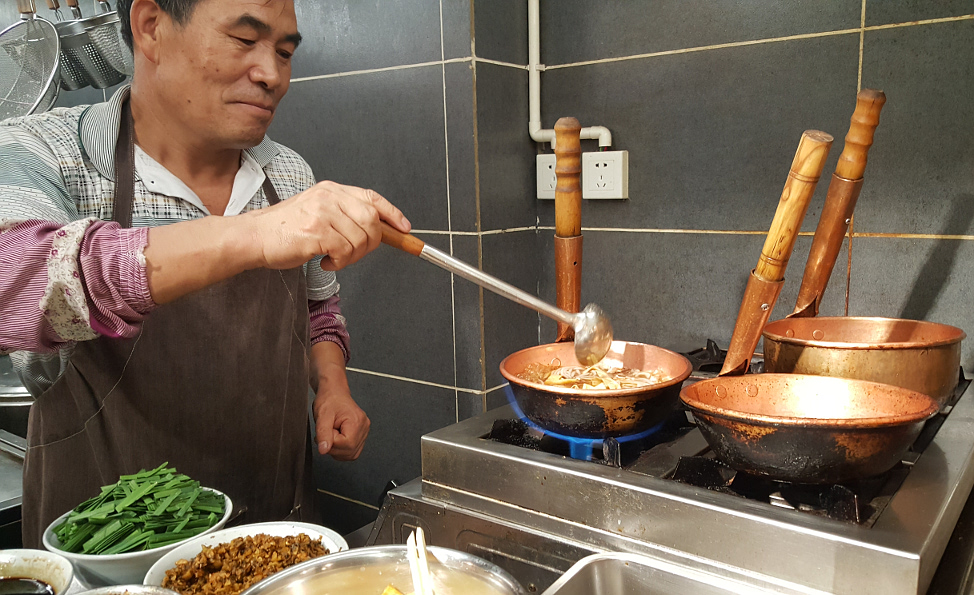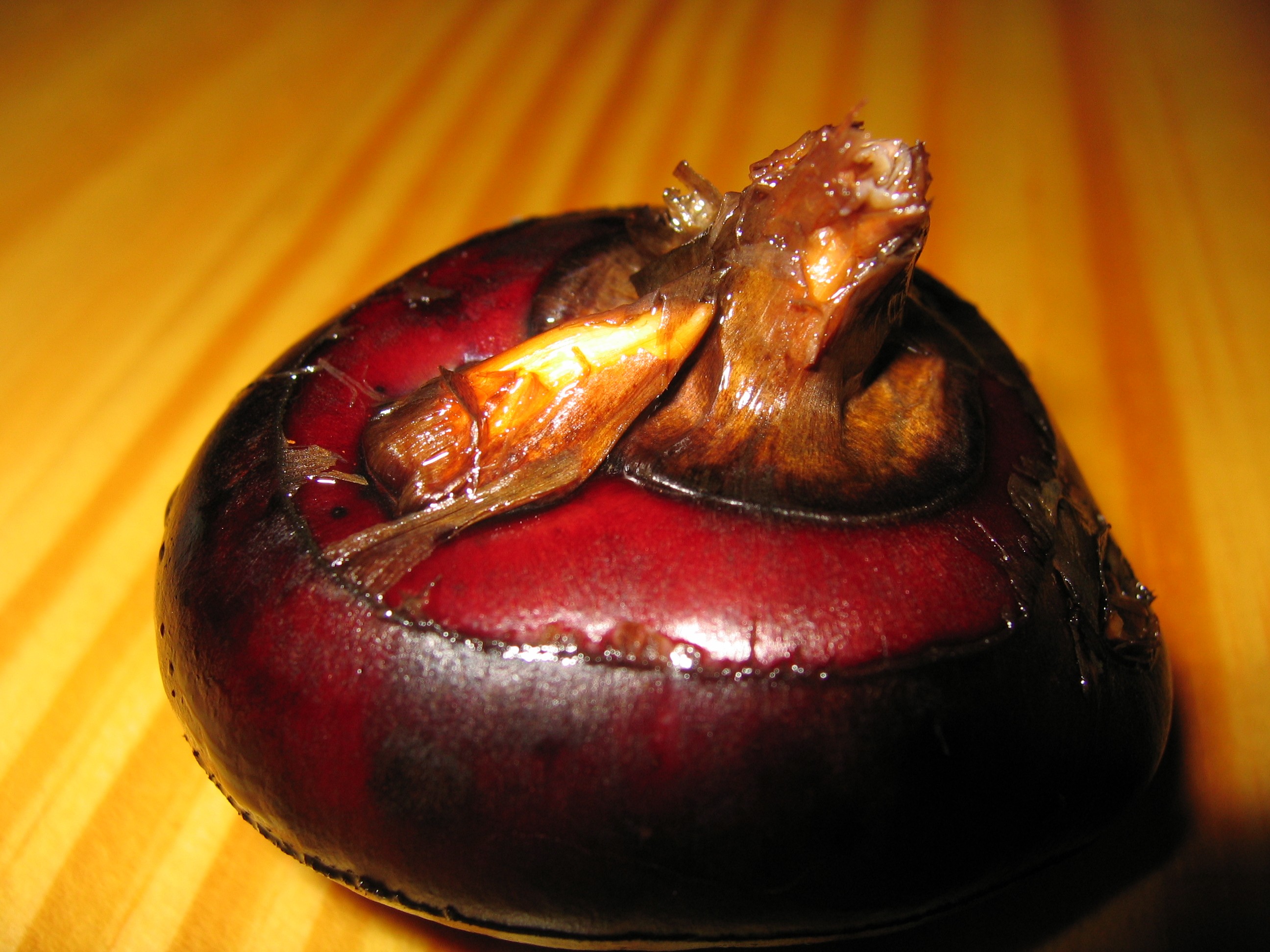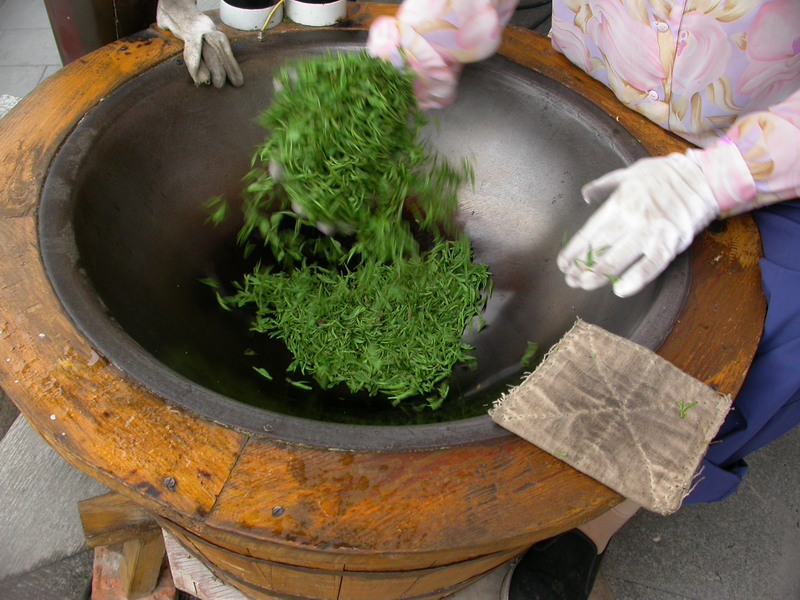|
Liangfen
''Liangfen'' ( zh, s=凉粉, t=涼粉, hp=liángfěn, l=cool rice noodles), also spelled ''liang fen'', is a Chinese cuisine, Chinese legume dish consisting of starch jelly that is usually served cold, with a savory sauce, often in the summer.Wilson, Ernest Henry; Sargent, Charles Sprague. (1914''A naturalist in western China, with vasculum, camera, and gun''Methuen & co., ltd. p. 63 It is most popular in northern China, including Beijing cuisine, Beijing, Gansu,''Lanzhou Restaurants'' China Connection Tours and Shaanxi cuisine, Shaanxi, but may also be found in Sichuan and Qinghai. In Tibet and Nepal it is called laping and is a common street vendor food. In Kyrgyzstan it is an ingredient in a noodle dish called ashlan fu. ''Liangfen'' is generally white or off-white in color, translucent, and thick. ... [...More Info...] [...Related Items...] OR: [Wikipedia] [Google] [Baidu] |
Beijing Cuisine
Beijing cuisine, also known as Jing cuisine, Mandarin cuisine and Peking cuisine and formerly as Beiping cuisine, is the local cuisine of Beijing, the national capital of China. Background As Beijing has been the capital of China for centuries, its cuisine is influenced by culinary traditions from all over China, but the style that has the greatest influence on Beijing cuisine is that of the eastern coastal province of Shandong cuisine, Shandong.Wang, Juling, ''Famous Dishes of Famous Restaurant in Beijing'', Golden Shield Publishing House in Beijing, December, 2000, Xu, Chengbei, ''Ancient Beijing, Customs of the General Populace of Ancient Beijing'', Jiangsu Fine Arts Publishing House in Nanjing, September, 1999, Hua Mengyang and Zhang Hongjie, ''Lives of the residents of Ancient Beijing'', Shandong Pictorial Publishing House in Jinan, June, 2000, Du, Fuxiang and Guo, Yunhui, ''Famous Restaurants in China'', China Tourism Publishing House in Beijing, 1982 Beijing cuisine has i ... [...More Info...] [...Related Items...] OR: [Wikipedia] [Google] [Baidu] |
Muk (food)
''Muk'' () is a Korean cuisine, Korean food made from grains, beans, or nut starch such as buckwheat, sesame, and acorns and has a jelly-like consistency. Muk has little flavor on its own, so muk dishes are seasoned with soy sauce, sesame oil, chopped scallions, crumbled ''gim (food), gim'', and chili pepper powder, and mixed with various vegetables.Muk at Encyclopedia of Korean Culture Types There are several types of ''muk'': *''Dotori-muk'' (), made from acorn starch *''Memil-muk'' (), made from buckwheat starch *''Nokdu-muk'' () (also called ''cheongpo-muk''; 청포묵), made from mung bean starch *''Hwangpo-muk'' () (also called ''norang-muk''; 노랑묵), made from mung bean starch, and colored yellow with gardenia seed pods *''Kkae-muk'' (), made from starch mixed with sesame seeds *''Olbanggae-muk'' ...[...More Info...] [...Related Items...] OR: [Wikipedia] [Google] [Baidu] |
Laping
Laphing (Tibetan: ལ་ཕིང) is a spicy cold plain flour noodle dish in Tibetan cuisine basically garnished with tsulazi (chilli oil), soy sauce, vinegar, etc,. It is made of mungbean starch. It is a street food. It can be eaten with red pepper chili, coriander and green onion sauce. The noodles have a slippery texture and are served with a soy sauce gravy. It is traditionally a summer food. A tool is used to shape it. The laphing derives from the Sichuan-style liangfen, based on Sichuan-style liangpi. https://www.bbkz.com/forum/showthread.php?t=10462430 这道料理源自四川凉皮 Gallery File:Tibetan Fast Food Lafing.jpg, Tibetan Fast Food Laphing File:Tibetan Fast Food Square Lafing.jpg, Laphing File:Tibetan Fast food Long Lafing.jpg, Tibetan street food See also * Cheungfan * Liangfen ''Liangfen'' ( zh, s=凉粉, t=涼粉, hp=liángfěn, l=cool rice noodles), also spelled ''liang fen'', is a Chinese cuisine, Chinese legume dish consisting of starch jelly t ... [...More Info...] [...Related Items...] OR: [Wikipedia] [Google] [Baidu] |
Chinese Cuisine
Chinese cuisine comprises cuisines originating from Greater China, China, as well as from Overseas Chinese, Chinese people from other parts of the world. Because of the Chinese diaspora and the historical power of the country, Chinese cuisine has profoundly influenced many other cuisines in Asia and beyond, with modifications made to cater to local palates. Chinese food staples such as rice, soy sauce, noodles, tea, chili oil, and tofu, and utensils such as chopsticks and the wok, can now be found worldwide. The world's earliest eating establishments recognizable as Restaurant, restaurants in the modern sense first emerged in Song dynasty China during the 11th and 12th centuries. Street food became an integral aspect of Chinese food culture during the Tang dynasty, and the street food culture of much of Southeast Asia was established by workers imported from China during the late 19th century. The preferences for seasoning and Chinese cooking techniques, cooking techniques in ... [...More Info...] [...Related Items...] OR: [Wikipedia] [Google] [Baidu] |
Garlic
Garlic (''Allium sativum'') is a species of bulbous flowering plants in the genus '' Allium''. Its close relatives include the onion, shallot, leek, chives, Welsh onion, and Chinese onion. Garlic is native to central and south Asia, stretching from the Black Sea through the southern Caucasus, northeastern Iran, and the Hindu Kush; it also grows wild in parts of Mediterranean Europe. There are two subspecies and hundreds of varieties of garlic. Garlic has been used for thousands of years as a seasoning, culinary ingredient, traditional medical remedy; it was known in many ancient civilizations, including the Babylonians, Egyptians, Romans, and Chinese, and remains significant in many cuisines and folk treatments, especially across the Mediterranean and Asia. Garlic propagates in a variety of climates and conditions and is produced globally; China is by far the largest producer, accounting for over two thirds (73%) of the world's supply in 2021. Description Garli ... [...More Info...] [...Related Items...] OR: [Wikipedia] [Google] [Baidu] |
Southwest China
Southwestern China () is a region in the People's Republic of China. It consists of five provincial administrative regions, namely Chongqing, Sichuan, Guizhou, Yunnan, and Xizang. Geography Southwestern China is a rugged and mountainous region, transitioning between the Tibetan Plateau to the west and the Chinese coastal hills (东南丘陵) and plains to the east. Key geographic features in the region include the Hengduan Mountains in the west, the Sichuan Basin in the northeast, and the karstic Yungui Plateau in the east. The majority of the region is drained by the Yangtze River, which forms the Three Gorges in the northeast of the region. The narrowest concept of Southwestern China consists of Sichuan, Chongqing, Yunnan, and Guizhou, while wider definitions often include Guangxi and western portions of Hunan. The official government definition of Southwestern China includes the core provinces of Sichuan, Chongqing, Yunnan, and Guizhou, in addition to the Tibet Autonomou ... [...More Info...] [...Related Items...] OR: [Wikipedia] [Google] [Baidu] |
Yunnan Cuisine
Yunnan cuisine, alternatively known as Dian cuisine, is an amalgam of the cuisines of the Han Chinese and other Ethnic minorities in China, ethnic minority groups in Yunnan, Yunnan Province in Southwest China, southwestern China. As the province with the largest number of ethnic minority groups, Yunnan cuisine is vastly varied, and it is difficult to make generalisations. Many Yunnan dishes are quite spicy, and mushrooms are featured prominently. Flowers, ferns, algae and insects may also be eaten. The cuisine of Yunnan is often compared to the cuisine of Southeast Asia as the province borders the region and many of the ethnic minorities or related cultural groups also have a presence in Southeast Asia. Three of the province's most famous products are the renowned Pu'er tea, which was traditionally grown in Ning'er; Xuanwei ham, which is often used to flavour stewed and braised foods in Chinese cuisine and for making the stocks and broths of many Chinese soups; and Crossing ... [...More Info...] [...Related Items...] OR: [Wikipedia] [Google] [Baidu] |
Tokoroten
is a gelatinous dish in Japanese cuisine, made from agarophyte seaweed. It was traditionally made by boiling ''tengusa'' (''Gelidium amansii'') and allowing the mixture to congeal into a jelly. The jelly is then pressed through an extruding device and shaped into noodles. Unlike gelatin desserts, ''tokoroten'' has a firmer texture. ''Tokoroten'' can be eaten hot (in solution) or cold (as a gel). Flavorings and garnishes can vary from region to region. In the present day, it is common to eat it with a mixture of vinegar and soy sauce, and sometimes nori, hot pepper, or sesame. In the Kansai region, ''tokoroten'' is eaten as a dessert with ''kuromitsu'' syrup. History ''Tokoroten'' has been eaten in Japan for over a thousand years. It is thought to have been introduced to Japan from China during the Nara period. During the Edo period, it was popular during the summer as a snack. It was originally made to be eaten immediately and was commonly sold around factories. In the 17 ... [...More Info...] [...Related Items...] OR: [Wikipedia] [Google] [Baidu] |
Eleocharis Dulcis
''Eleocharis dulcis'', the Chinese water chestnut or water chestnut, is a grass-like Cyperaceae, sedge native to Asia, tropical Africa, and Oceania. It is grown in many countries for its edible corms, but if eaten uncooked, the surface of the plants may transmit fasciolopsiasis. The water caltrop, which also is referred to by the same name, is unrelated and often confused with the water chestnut. Description The water chestnut is not a Nut (fruit), nut but rather an Aquatic plant, aquatic vegetable that grows in marshes, under water, or in mud. It has stem-like, tubular green leaves that grow to about . Distribution The plant is native to Asia, tropical Africa, and Oceania. Ecology In the dry season of the Northern Territory in Australia, Magpie goose, magpie geese eat the bulbs of water chestnuts, allowing them to put on fat for the wet season and ensuring they are ready for breeding. In the wet season, water chestnut leaves are used to build their floating nests. [...More Info...] [...Related Items...] OR: [Wikipedia] [Google] [Baidu] |
Chinadaily
''China Daily'' ( zh, s=中国日报, p=Zhōngguó Rìbào) is an English language, English-language daily newspaper owned by the Publicity Department of the Chinese Communist Party, Central Propaganda Department of the Chinese Communist Party. Overview ''China Daily'' has the widest print circulation of any English-language newspaper in China. The headquarters and principal editing, editorial office is in the Chaoyang District, Beijing, Chaoyang District of Beijing. The newspaper has branch offices in most major cities of China as well as several major foreign cities including Chinatown, Manhattan, New York City, Washington, D.C., London, and Kathmandu. ''China Daily'' also produces an insert of sponsored content called ''China Watch'' that has been distributed inside other newspapers including ''The New York Times, The Wall Street Journal'', ''The Washington Post'', and ''Le Figaro''. ''China Daily'' operates a social media brand called "Media Unlocked". Within mainland C ... [...More Info...] [...Related Items...] OR: [Wikipedia] [Google] [Baidu] |
Stir Frying
Stir frying ( zh, c= 炒, p=chǎo, w=ch'ao3, cy=cháau) is a cooking technique in which ingredients are fried in a small amount of very hot oil while being stirred or tossed in a wok. The technique originated in China and in recent centuries has spread into other parts of Asia and the West. It is similar to sautéing in Western cooking technique. Wok frying may have been used as early as the Han dynasty (206 BC – 220 AD) for drying grain, not for cooking. It was not until the Ming dynasty (1368–1644) that the wok reached its modern shape and allowed quick cooking in hot oil. However, there is research indicating that metal woks and stir-frying of dishes were already popular in the Song dynasty (960–1279), and stir-frying as a cooking technique is mentioned in the 6th-century AD Qimin Yaoshu. Stir frying has been recommended as a healthy and appealing method of preparing vegetables, meats, and fish, provided calories are kept at a reasonable level. The English-lan ... [...More Info...] [...Related Items...] OR: [Wikipedia] [Google] [Baidu] |







